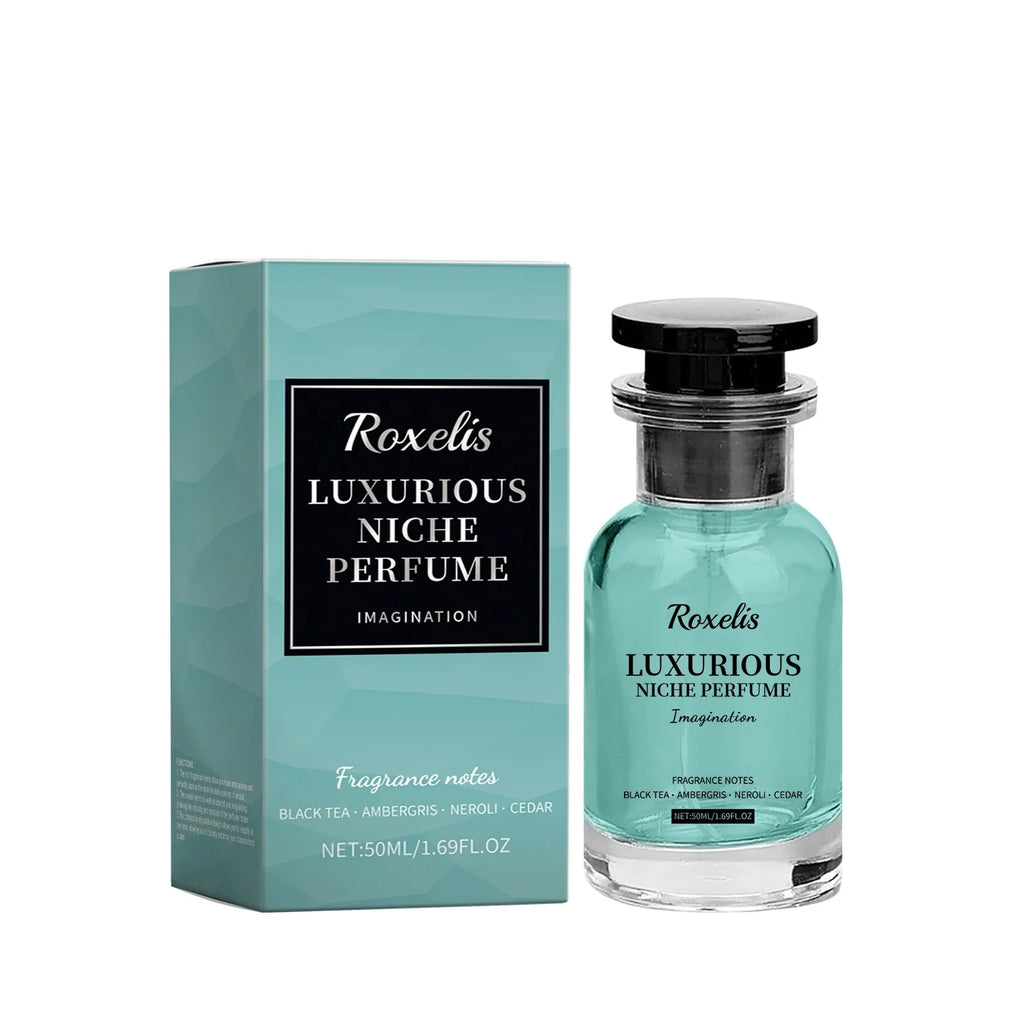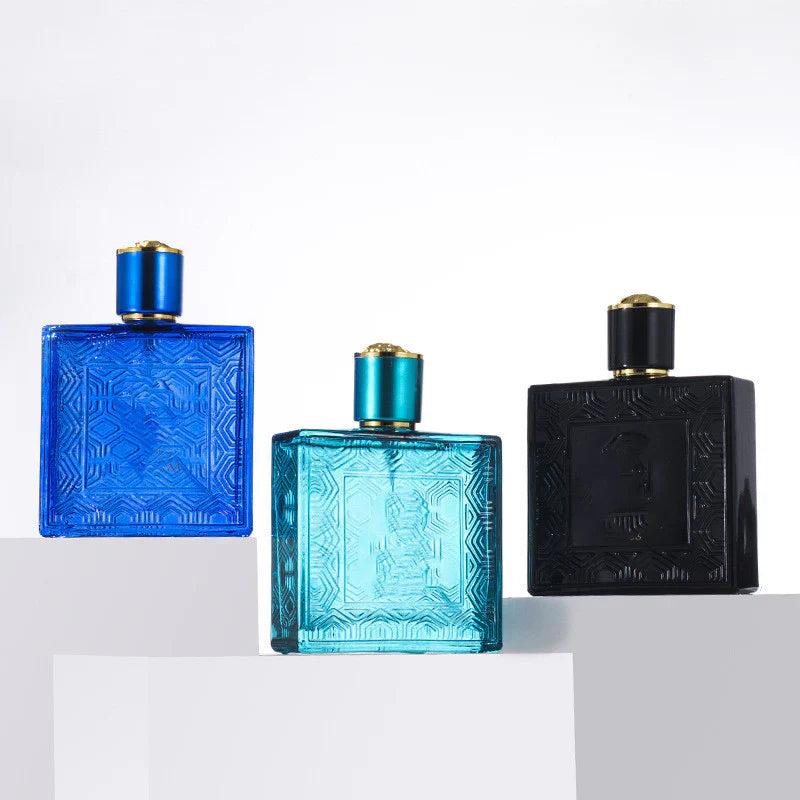
Perfume for Women: Discover Your Signature Scent

Perfume for Women: Discover Your Signature Scent
Finding your signature scent can be a transformative experience. Perfume is more than just a fragrance; it’s an expression of your personality, a memory trigger, and an accessory that completes your look. With countless options available, selecting the perfect scent might seem overwhelming. In this article, we'll guide you through the process of discovering a perfume that resonates with your unique style and preferences. SHOP
1. Understanding Fragrance Families
Perfumes are categorized into different fragrance families based on their dominant scent characteristics. Here are the main fragrance families to consider:
Floral: This family includes scents like rose, jasmine, and lily. Floral perfumes are often romantic, feminine, and classic.
Citrus: Refreshing and zesty, citrus fragrances feature notes of lemon, orange, and bergamot. They are perfect for a fresh, energizing feel
Woody: Warm and earthy, woody perfumes include notes of sandalwood, cedar, and vetiver. These scents are often sophisticated and grounding.
Oriental: Exotic and sensual, oriental fragrances feature spices, amber, and vanilla. They are ideal for evening wear and special occasions.
Fresh: Clean and invigorating, fresh scents include notes of green leaves, marine accords, and herbs. They are perfect for a light, everyday fragrance.
2. Identifying Your Preferences
Before you start shopping, it's important to identify the types of scents you naturally gravitate towards. Consider the following:
Personality: Are you more drawn to bold, assertive scents, or do you prefer subtle, understated fragrances?
Occasion: Think about where you’ll be wearing the perfume. Is it for everyday use, special events, or a specific season?
Memories: Certain scents can evoke memories and emotions. Consider fragrances that remind you of a cherished place or time.
3. Testing Perfumes
When testing perfumes, it's essential to sample them on your skin rather than relying solely on the scent from the bottle or a paper strip. Here's how to do it:
Start with a Clean Slate: Ensure you’re not wearing any other fragrances that could interfere with your sense of smell.
Spray on Pulse Points: Apply the perfume to your wrists, neck, and inner elbows. These areas generate heat, helping to release the fragrance.
Wait and See: Allow the perfume to develop on your skin for a few hours. Fragrances can change over time, so it's important to experience the top, middle, and base notes before making a decision.
4. Considering Longevity and Projection
Two key factors to consider when choosing a perfume are its longevity (how long the scent lasts) and projection (how far the scent travels). Here’s what to look for:
Longevity: Eau de Parfum (EDP) typically lasts longer than Eau de Toilette (EDT) due to its higher concentration of fragrance oils.
Projection: If you prefer a more intimate scent, opt for a fragrance with moderate projection. For a more noticeable presence, choose a perfume with strong projection.
5. Building a Fragrance Wardrobe
Just as you have a wardrobe for different occasions, you can create a fragrance wardrobe to suit various moods and events. Consider having:
A Signature Scent: Your go-to perfume that defines your style and personality.
Seasonal Fragrances: Lighter, fresher scents for spring and summer; warmer, spicier scents for fall and winter.
Special Occasion Scents: Perfumes reserved for important events or memorable moments.
Conclusion
Discovering your signature scent is a personal journey that involves exploring different fragrances, understanding your preferences, and experimenting with various options. The right perfume can boost your confidence, evoke cherished memories, and make a lasting impression. As you embark on this journey, remember that the perfect scent is one that resonates with you and complements your unique personality.
In addition to selecting a perfume, it's important to consider how you store and apply it. Keep your fragrances in a cool, dark place away from direct sunlight to preserve their quality. When applying perfume, remember that a little goes a long way. Start with a light spritz on your pulse points and build up if needed.
FAQs
1. What are the main fragrance families in perfumes?
The main fragrance families include floral, citrus, woody, oriental, and fresh. Each family has distinct scent characteristics that cater to different preferences and occasions.
2. How should I test perfumes before buying them?
Test perfumes on your skin by spraying them on pulse points like your wrists, neck, and inner elbows. Allow the fragrance to develop over a few hours to experience its full range of notes.
3. What factors should I consider when choosing a perfume?
Consider factors such as your personality, the occasion, and any scents that evoke positive memories. Also, pay attention to the perfume's longevity and projection.
4. What's the difference between Eau de Parfum (EDP) and Eau de Toilette (EDT)?
Eau de Parfum (EDP) has a higher concentration of fragrance oils and typically lasts longer than Eau de Toilette (EDT), which has a lighter, more subtle scent.
5. How can I make my perfume last longer?
To make your perfume last longer, apply it to pulse points, moisturize your skin before application, and store your fragrances in a cool, dark place away from direct sunlight.





